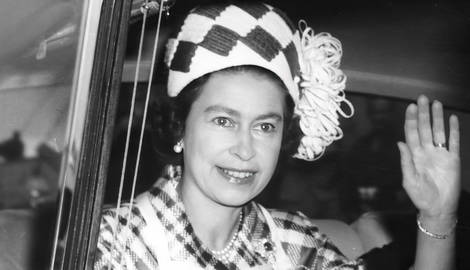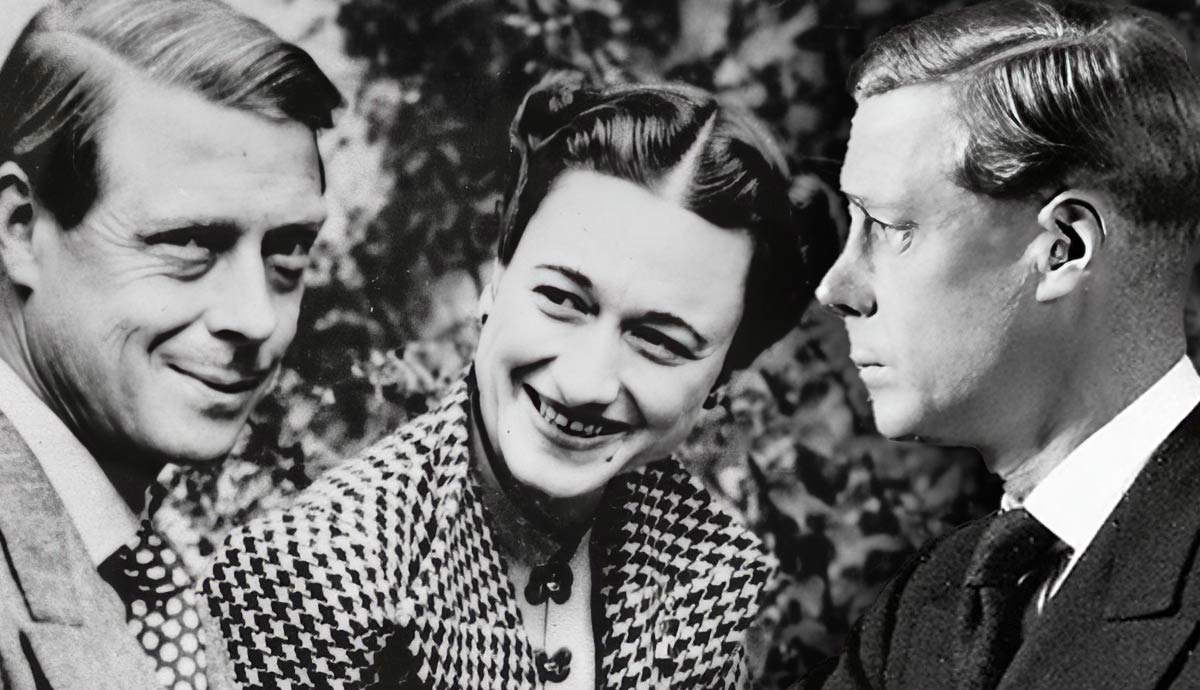
Queen Elizabeth II was the longest-serving British monarch in history. She became Queen at age 26 in 1952 and ruled for 70 years until her death aged 96 in 2022. Her reign spanned a period of rapid social and technological change, from the height of the British Empire to its dissolution. She took her role as imperial monarch and head of the commonwealth equally seriously.
For many, despite presiding over a reign marred by royal scandals and declining royal influence, she did so with remarkable poise and devotion to her role and public.
Early Years and Coronation

Elizabeth Alexandria Mary Windsor was born in London in 1926, the same year as Marilyn Monroe, Fidel Castro, and David Attenborough. Her early years were split between London and Windsor Park Royal Lodge. In 1936 her once private life began to rapidly change.
Upon the death of her grandfather, King George V, her uncle ascended to the throne as Edward VIII. Edward notoriously abdicated less than a year later, to marry his American lover, Wallis Simpson (a divorcee and thus against the rules).
Consequently, Elizabeth’s father became King George VI in 1937, placing her as direct heir to the throne. Throughout the Second World War, she received home tutoring in preparation for her future role. She married Prince Philip of Greece and Denmark – later Phillip Mountbatten – in 1947.
Following the death of her father in 1952, Elizabeth became Queen while on an official trip to Kenya. Her coronation as Queen Elizabeth II took place on 2 June 1953.
From Empire to Commonwealth

India, once considered the “jewel” in the Crown of the British Empire, gained independence only six years before Elizabeth was crowned Queen. During her reign, numerous other British colonies followed suit, from Sudan (1956) and Jamaica (1962), to Zimbabwe (1980) and Hong Kong (1997).
As head of the commonwealth, a voluntary association of former British territories, bound by “shared values of democracy, human rights and the rule of law,” Elizabeth played a significant role in the transition period. Nostalgic imagery of the Queen and her husband greeting former colonial subjects on equal terms marks the era.
However, despite the symbolism of peaceful transfers of power embodied in the imagery of the Queen, the reality was frequently the complete opposite. In places like Cyprus (1955-59), Kenya (1952-63) and Malaya (1948-60), the withdrawal of British power was neither peaceful nor willing, on the part of the British.
Royal Scandals

Elizabeth faced significant challenges within her family, starting with her son Charles’ affair with Camilla Parker Bowles – whom he later married after the death of Diana, Princess of Wales. Charles’ rocky marriage became regular fodder for the British tabloids, contributing to a decline in the popularity of the royals that was compounded after the untimely death of Diana in 1997.
Elizabeth’s second son, Prince Andrew landed the royal family in major hot water, due to his friendship with Jeffrey Epstein, a convicted paedophile and sex trafficker. In 2014 the prince was accused of having sex with a trafficked minor. Amidst mounting evidence, and a disastrous interview with the BBC, he was stripped of all royal duties and titles.
In both cases, Elizabeth maintained her composure and through the projection of an unwavering commitment to her role. Employing a blend of traditional British stoicism and modern public relations strategies, she managed to provide a steadying influence.
Legacy and Death

Queen Elizabeth II was known for her unwavering commitment to public duty and reluctance to express her political opinions publicly. She regularly attended church and was said to be deeply religious. The Queen was widely respected by world leaders during her reign and renowned for her love of Corgis and racehorses.
By upholding her duty and commitment to remain politically neutral, Elizabeth gained widespread respect and admiration as a symbol of national unity. Her Silver, Golden, Diamond, and Platinum Jubilee’s celebrated in 1977, 2002, 2012, and 2022 were widely recognized as significant national events. Her personal popularity helped maintain support for the monarchy and suppress republican sentiments.
The longest reigning monarch in British history died in 2022 at the age of 96 at her Balmoral estate in Scotland. Her state funeral involved over 3,000 military personnel and was observed by around 1 million people in central London. She was succeeded by her eldest son Charles, Prince of Wales.










